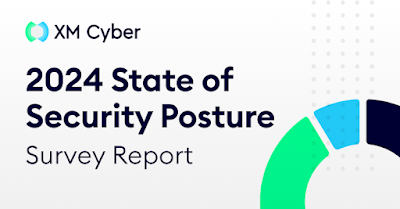Petya Ransomware Spreading Rapidly Worldwide, Just Like WannaCry
Jun 27, 2017
Watch out, readers! It is ransomware, another WannaCry, another wide-spread attack. The WannaCry ransomware is not dead yet and another large scale ransomware attack is making chaos worldwide, shutting down computers at corporates, power supplies, and banks across Russia, Ukraine, Spain, France, UK, India, and Europe and demanding $300 in bitcoins. According to multiple sources, a new variant of Petya ransomware , also known as Petwrap, is spreading rapidly with the help of same Windows SMBv1 vulnerability that the WannaCry ransomware abused to infect 300,000 systems and servers worldwide in just 72 hours last month. Apart from this, many victims have also informed that Petya ransomware has also infected their patch systems. "Petya uses the NSA Eternalblue exploit but also spreads in internal networks with WMIC and PSEXEC. That's why patched systems can get hit." Mikko Hypponen confirms , Chief Research Officer at F-Secure. Petya is a nasty piece of rans









